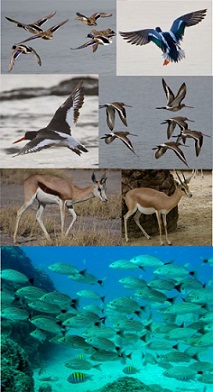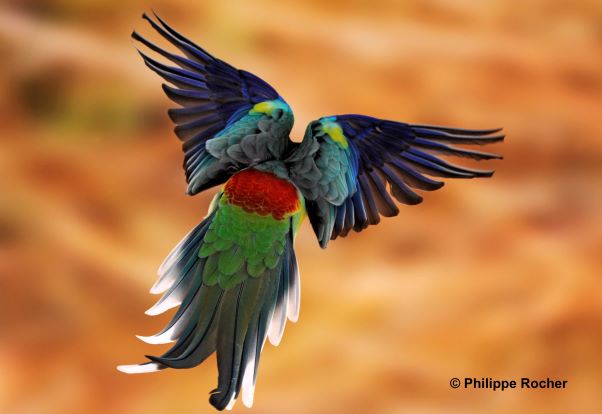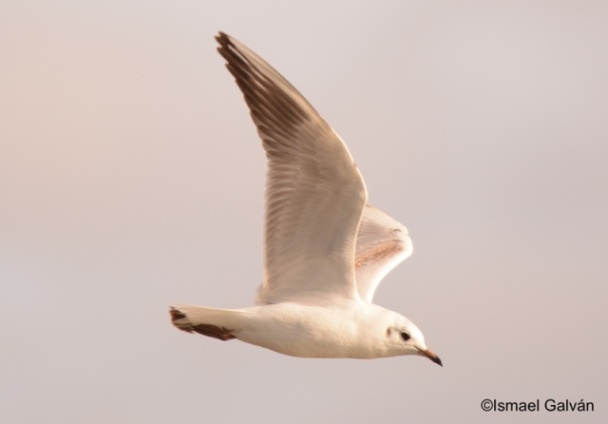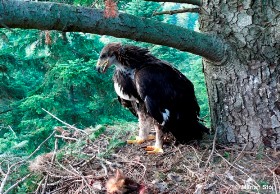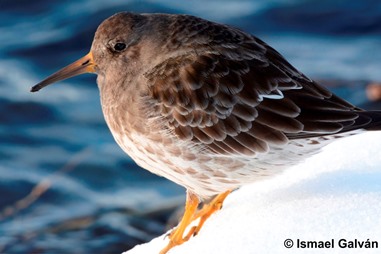
Welcome
Welcome to the official website of the Doñana Biological Station (EBD-CSIC)...

The Doñana Biological Station: EBD-CSIC
The Doñana Biological Station is a public Research Institute belonging to the Spanish Council for Scientific Research CSIC in the area of Natural Resources...

Mission
Our fundamental mission is to carry out multidisciplinary research of the highest standard directed to understanding the way in which biodiversity is generated, maintained and deteriorates, as well as the consequences of its loss...

Our methods
We apply many techniques within a multidisciplinary framework, from molecular genetics to remote sensing, and from modelling to physiological and isotopic analyses...

Monitoring the environment
Monitoring biodiversity at the Doñana Natural Space cover a wide range of communities, including both terrestrial and aquatic organisms...

Aims
Our aims include the study of the ecological and evolutionary processes by combining field work, mathematical and statistical models and physiological and genetic analysis...
 Outstanding
Outstanding
-
 Stripes of prey species associated with group living
Stripes of prey species associated with group living -
 Impairment of mixed melanin-based pigmentation in parrots
Impairment of mixed melanin-based pigmentation in parrots -
 Physiological compartmentalization as a possible cause of phylogenetic signal loss: an example involving melanin-based pigmentation
Physiological compartmentalization as a possible cause of phylogenetic signal loss: an example involving melanin-based pigmentation -
 Solar and terrestrial radiations explain continental-scale variation in bird pigmentation
Solar and terrestrial radiations explain continental-scale variation in bird pigmentation -
 Molecular vibration as a novel explanatory mechanism for the expression of animal colouration
Molecular vibration as a novel explanatory mechanism for the expression of animal colouration

 Stripes of prey species associated with group living
Stripes of prey species associated with group living